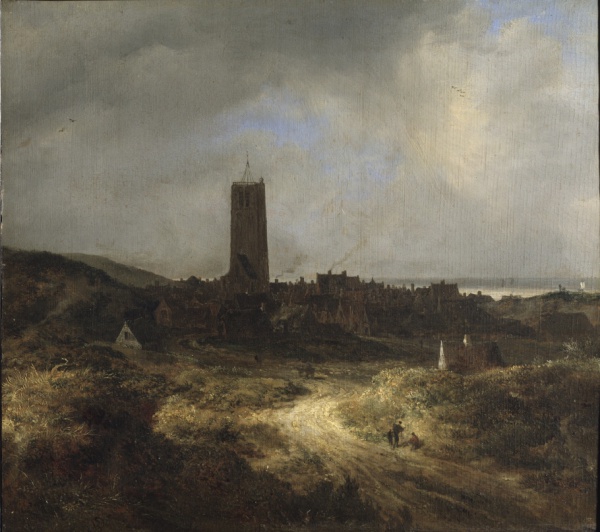Facts About View of Egmond aan Zee
"View of Egmond aan Zee" is a mesmerizing oil on canvas masterpiece by Jacob van Ruisdael, a luminary of the Dutch Golden Age in landscape painting. This striking artwork is proudly exhibited at the Nationalmuseum in Stockholm.
The painting provides a tranquil glimpse of the village of Egmond aan Zee, with the sea stretching calmly into the background. A prominent feature is the church, with its distinctive square tower rising above a cluster of houses. In the foreground, a sunlit road winds through the dunes, adding a warm and inviting element to the composition. The sky is a harmonious blend of blue tones and soft clouds, and a sailing boat can be seen gracefully navigating the waters.
Art historian Hofstede de Groot meticulously documented this piece in 1911. It was once part of the esteemed collections of Queen Louisa Ulrika and King Gustav III of Sweden.
Ruisdael's painting not only captures the serene beauty of Egmond aan Zee but also subtly underscores its fragility. At the time the painting was created, the village was grappling with significant erosion issues, which ultimately led to parts of it being reclaimed by the sea. This theme of coastal erosion remains pertinent today, as the modern town continues to face similar threats.
Ruisdael painted several versions of Egmond aan Zee, likely drawn by the town’s dramatic history and its struggle against the encroaching sea. This particular work stands out for its ability to transport viewers back in time, offering a poignant reminder of the ever-changing relationship between land and sea.

 Finland
Finland